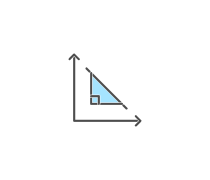Derivatives Quiz: Take The Test Now!
2)
You may optionally provide this to label your report, leaderboard, or certificate.
×
Thank you for your feedback!
















